Water Saving
How to Save Water in South Africa – The Ultimate Guide
Find the latest tips on how to save water in South Africa with these water saving techniques you can use at home, at your business, in the garden and everywhere else you go.
Water is a scarce resource, not only in South Africa, but in many parts of the world. While residents in Johannesburg seek shelter from the rain, Capetonians are forced to make sure that water consumption is at a low. With the current drought crisis in the Western Cape and Level 6B water restrictions still in place , the need to save water and avoid Day Zero is still prevalent.
To help conserve this precious resource we’ve done all the research you need to save water in every kind of environment. Every precious drop counts and it’s important that every individual and organisation learns how to save water in the most effective way possible.
Table of Contents
- Why you should save water
- How to save water in your home
- How to save water in your business or organisation
- How to save water in your garden
- How to save water with your lifestyle choices
- Water scarcity in the world
“To a thirsty man, a drop of water is worth more than a sack of gold.”
1. Why You Should Save Water
Water is life. Not only do you need water to survive but it is an essential resource in all matter. 71% of earth is covered with water but only 1% of it is drinkable. As water is necessary for all life and especially for human survival, the importance of this resource is clear.
With climate change, the weather patterns in the world have changed and South Africa’s catchment area has seen a severe scarcity of water, according to the Department of Water and Sanitation at the City of Cape Town.
The positive news is that water levels in the Western Cape, where the drought has been rife, are rising. Unfortunately measures still need to be taken to keep the dam levels at above constant and fill them to as close to 100% as possible.
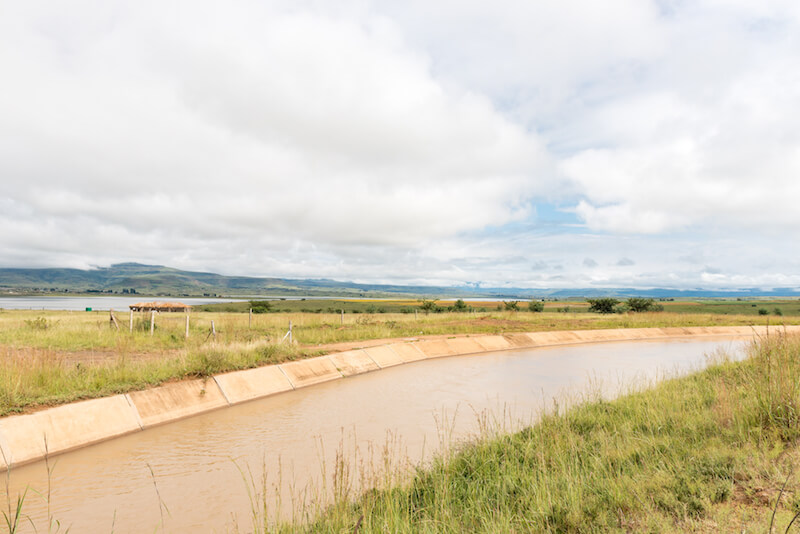
According to Africacheck, the following statistics showcase the current water situation in South Africa.
- Roughly 88 % of SA households have access to water.
- There is piped water in less than 50% of the homes.
- South Africa has less water per person than Botswana & Namibia.
- South Africa is the 39th ‘driest’ country in the world.
The above video is produced by the Water Rooms, watch it to find out where and how much freshwater is available on planet earth.
Everyone has a role to play to ensure that water is used in a sustainable manner.
General Quick Tips on How to Save Water
- Monitor how much water you are consuming.
- Find and fix leaks. The DropDrop App can help you.
- Use alternative water resources, like collecting rain water or using grey water.
- Use hand sanitiser. But be warned – use it (and soap) properly or risk creating antibacterial-resistance, just like not finishing your antibiotics script.
2. How to Save Water in Your Home
Starting at home, it’s important to realise how much water you can actually save. For each area of your home you are able to reduce a significant amount of water just by using effective techniques. To make the water saving journey as simple as possible, find water saving techniques for your home below.
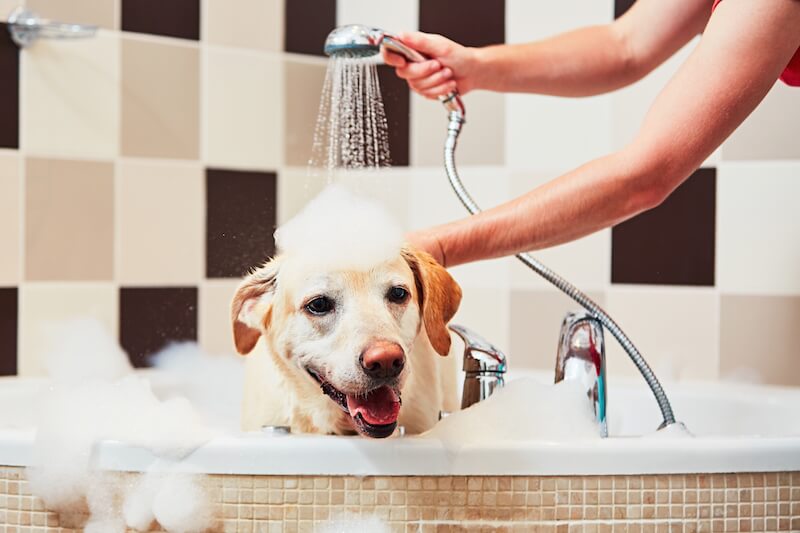
Existing Bathrooms:
- Take shorter showers. Turn the shower on, wet yourself, turn it off. Soap yourself, rinse, and you’re done. Showering once a day and filling up less water in your bath can save a lot of water.
- Use a basin in the shower. Collect all the water you shower with and use this to flush your toilet, either via the cistern or straight into the bowl.
- Wash your hair less often. With training and a few uncomfortable days your hair can adapt to being washed less often.
- Shave with a small container of water. There’s no need to keep water running this way when shaving.
- Reduce the amount of water you use when flushing the toilet. Lift the toilet handle immediately when flushing and only flush if needed. By doing this you reduce the amount of water running down the drain.
- Put a brick or bottle in the cistern of the toilet. This allows the cistern to fill up with less water.
- If you have a baby that cannot stand up in the shower, wash the baby in a basin or use a baby dam.
- Change your shower head to a water saving alternative
- Collect steam/moisture with a dehumidifier. The water collected can be used as a source of greywater.
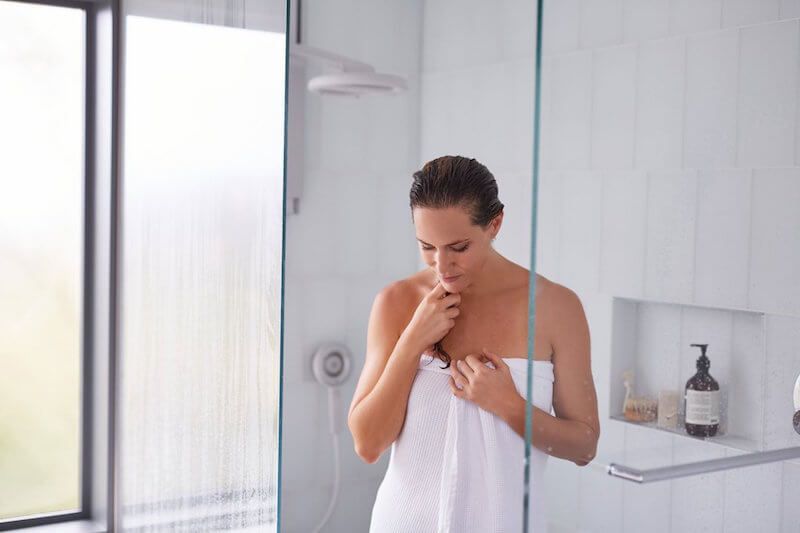
New Bathrooms:
- Fit water saving shower heads. A single temperature lever (instead of two taps) makes taking a shorter shower even easier – consider this when installing a shower.
Some alternative shower head solutions you can consider are:
- Nebia spa shower head
- Sustainable shower heads and regulators
- EcoSmart showers
- Fit water saving nozzles onto your taps
Some alternative water saving nozzles you can consider in a new or existing bathroom are:
- Altered: Nozzle Dual Flow
- Sustainable nozzle aerators
- Install a water saving toilet
Some alternative water saving toilets you can consider are:
Existing Kitchens:
- Put basins in your sinks and don’t leave water running when washing dishes. The basin can be used for freshwater to rinse vegetables or dishes.
- Boil water when washing dishes. Very hot water cleans your dishes more efficiently, which means you won’t need as much water or soap. It’s wise to leave the greasiest dishes for last.
- Use one-pot recipes when cooking meals. Often, using more than one pot is unnecessary when cooking.
- Steam your vegetables instead of boiling them. By doing this you are also cooking your vegetables in a healthier way.
- Scrape and wipe your plates clean before putting them in the dishwasher so you can use a shorter cycle.
- Put a full load of washing into the washing machine and dishwasher.
- Use paper cups and plates. Remember, plastic is extremely bad for the environment.
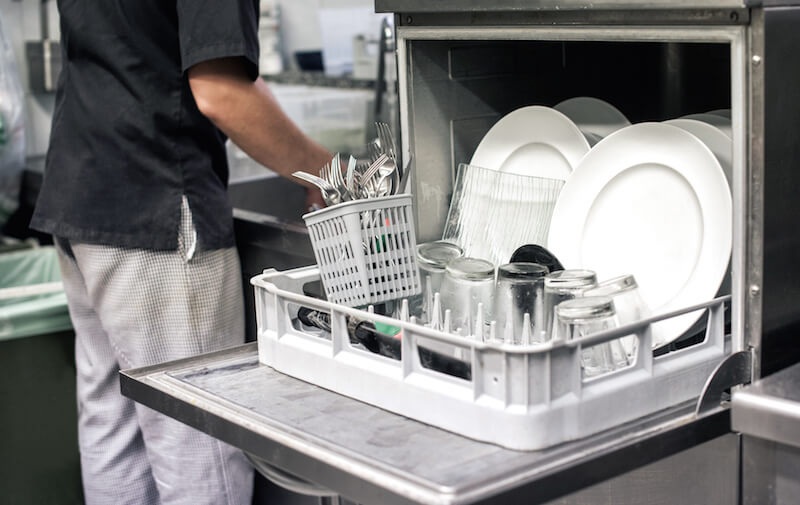
New Kitchens:
- Fit water saving nozzles on the kitchen sinks.
Some alternative water saving nozzles you can consider in new and existing kitchens are:
- Altered: Nozzle Dual Flow
- Sustainable nozzle aerators
- Exchange your old dishwasher for a water efficient alternative. Contrary to conventional wisdom, washing dishes by hand uses far more water and energy than using the dishwasher. When using the dishwasher households can save up to 1200 litres per year.
3. How to Save Water in Your Business or Organisation
Water is needed for everything we produce and consume, which directly affects businesses. With this in mind, the impact organisations can make is huge, not only in Cape Town but in the entire world.
Businesses have an important role to play in the water conservation journey and can influence individuals, communities and other businesses to save water efficiently. We’ve noted the following water saving techniques to help save water efficiently within your business.
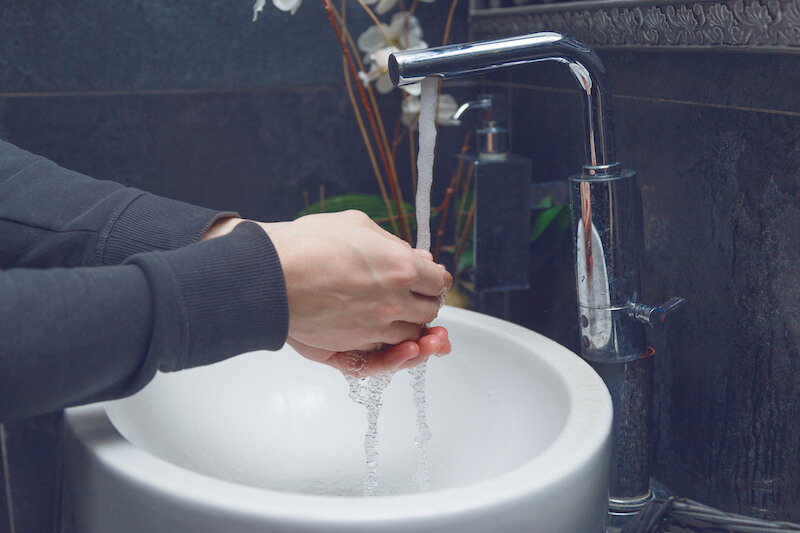
Tops Ways to Save Water in Your Business:
Existing Office Space:
- Educate your staff on the importance of saving water. Make sure they understand how to save water both at home and at work. A good initiative is to start a water saving project within the organisation.
- Do regular water saving audits. This will allow the organisation to monitor how much water is being used and which areas of the organisation are using more water.
- Use hand sanitizer in bathrooms.
- Flush toilets only when necessary.
- When cleaning office premises, don’t use water over excessively.
- Use a pool cover if the organisation has a pool.
- Use a product like LooMe or PooPourri to keep smells down. Alternatively use shaving foam in the cistern so you don’t need to flush so often.
- Exchange the toilets for water efficient alternatives.
Quick Fact: Drink less coffee! “About 18 900 litres of water is needed to produce 1 kg of roasted coffee. For a standard cup of coffee, one needs about 7 g of roasted coffee, so that a cup of coffee uses about 130 litres of water.” (Source: City of Cape Town Water Conservation)
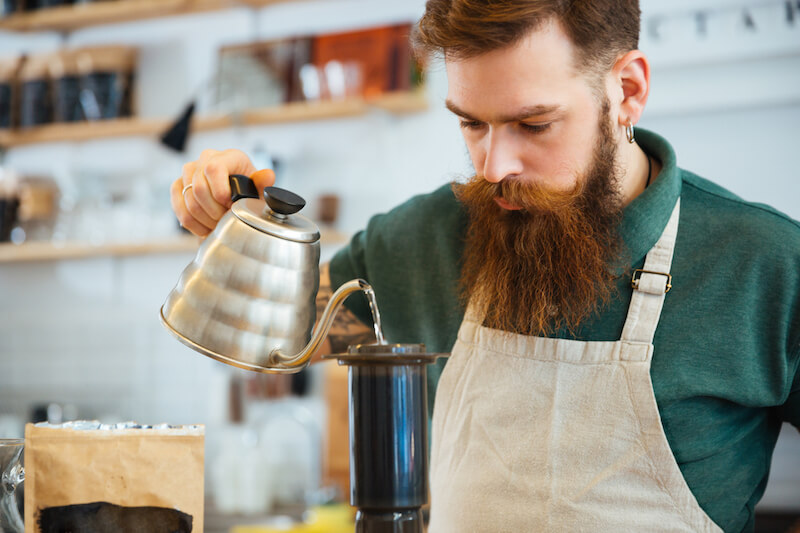
New Office Space:
- Fit water saving taps or fit existing taps with aerators.
Some alternative water saving nozzles you can consider in new or existing office spaces are:
- Altered: Nozzle Dual Flow
- Sustainable nozzle aerators
- Install water saving toilets
Some alternative water saving toilets you can consider are:
4. How to Save Water in Your Garden
Plants also need water to survive, but it’s possible to reduce the amount of water used to keep them healthy. Saving water in the garden is just as important as saving water at home or at your business. 70% of households with gardens use up to 46% of their water for gardening. That’s a lot. We’ve noted several water saving techniques you can use to save water in the garden below.
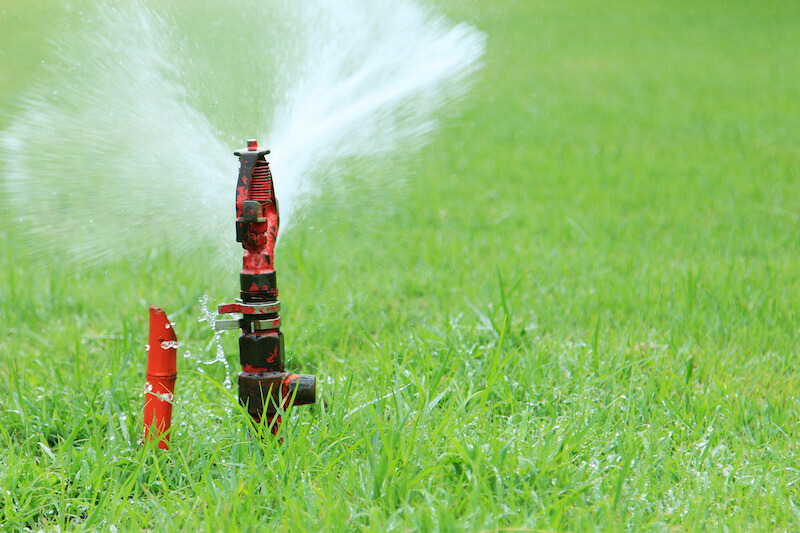
Existing Gardens:
- Plant succulents and other water-wise plants. The best plants will most probably be those that naturally occur in the area where you live, as they will be adapted to the local quantity of rainfall and shouldn’t need your extra assistance. Here’s a list of lovely water wise plants.
- Remove invasive and water hungry plant species. Check that none of the plants in your garden are water hungry species such as invasive alien Pine trees, Eucalyptus/Gums, Wattles and Australian Acacias and Jacaranda trees.
Fact: 1,44 billion litres of water is lost to invasive alien plants nationally, which could essentially sustain 3.38 million households with four people living for one year or 120,000 HA of cropland to increase food production (Source: World Wildlife Fund)
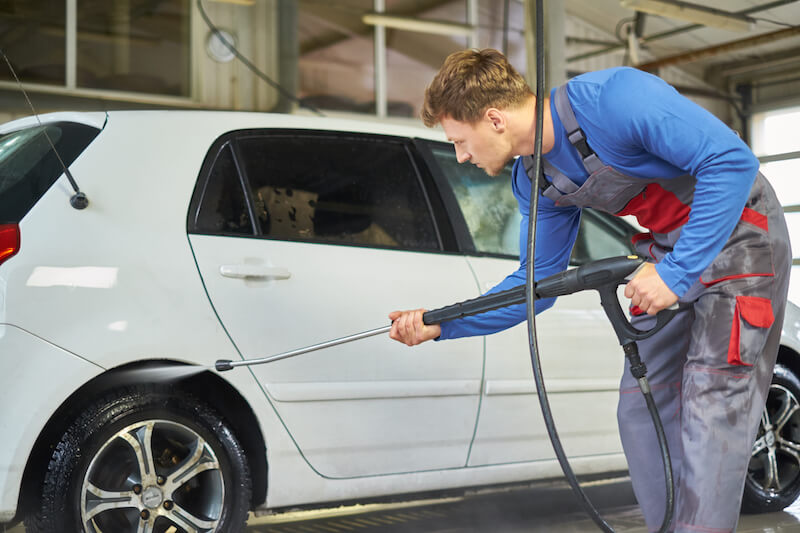
- Spread wood chippings or mulch in your garden beds. This technique will reduce evaporation from the soil and prevent the growth of weeds. Plants that provide ground cover can also serve this function.
- Take out your lawn. Lawns are water hungry and can be swapped for much nicer alternatives. Some succulents do this job excellently and are even nice to walk on when fully established.
- Wash your car on your lawn.
- Ask your local nursery for indigenous and water wise ground covering plants. that can replace a lawn.
- Indoor plants can benefit from living in your bathroom, where there will be more moisture in the air. Some may need more light than your bathroom offers so keep an eye on the plant’s health.
- Cover your vegetable garden with a shade cloth. This can deter pets while reducing evaporation.
- Consult a local landscaper to help you plant a waterwise garden.
To find out which plants grow naturally in your area, check out SANBI’s search tool. Click your rainfall region and the “drought tolerant” checkbox, as well as other factors about your garden (the amount of sunlight for example). The search tool will then generate a list of plants that would suit your garden.
New Gardens:
- Invest in a greywater system.
- Invest in a water tank and connect all your gutters to it. If the tank fills up and you have a swimming pool, the overflow water could go into that. Your water tank can serve as emergency drinking water (when filtered) or be used in the toilet and garden.
- Use a drip irrigation system, instead of watering with a hose. This method slowly drips water and means that a lot less water is lost to evaporation.
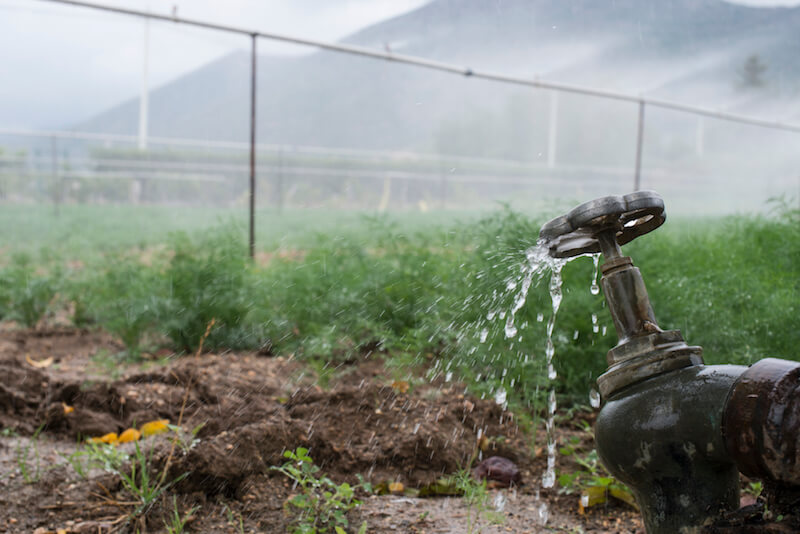
Existing Swimming Pools:
- Turn off the automatic fill-up in your swimming pool. Apart from saving water, a continually dropping water level will also alert you to leaks in the system.
- Make sure you have a swimming pool cover to reduce the speed of evaporation of water. This will make a big difference to your water consumption.
- Convert your swimming pool to an underground water tank. If you only swim a few times per summer, is the water consumption really worth it? A gym membership may offer a warmer alternative if it’s exercise you’re after.
- Install a backwash tank. A backwash tank holds your pool’s backwash water and releases it back into the pool, instead of letting it go to waste.
5. How to Save Water with Your Lifestyle Choices
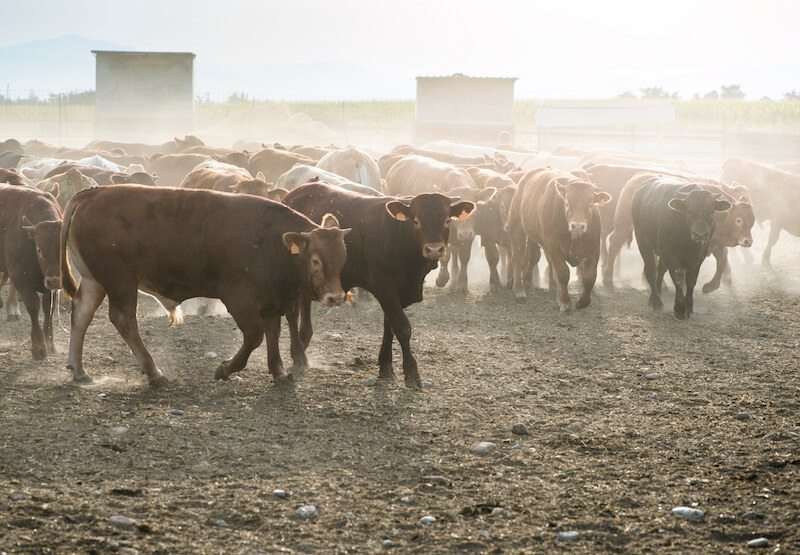
Everything we use and eat has a water footprint. It’s possible for us to save water just by adjusting our lifestyle. According to the Water Footprint Network, ‘the water footprint is a measure of humanity’s appropriation of fresh water in volumes of water consumed and/or polluted.’ For example, leaving a mouthful of steak on your plate is equivalent to running your dishwasher 22 times. This is due to the fact that water is needed to produce the crops, which are fed to the cattle and the cattle then lands on your plate.
Water is needed for every aspect of the journey. Below are a few ways you can save water by changing up certain lifestyle choices.
- Reduce your meat and dairy intake. Beef has the greatest “water footprint” so cutting this out of your diet can save your country water. Only 3% of an individual’s water footprint is household use, whereas 73% comes from our diet and the food we eat.
“It takes three times more water to produce milk than vegetables, ten times more water to produce eggs, fourteen times more water to produce chicken meat, nineteen times more water to produce pork, and forty eight times more water to produce beef than vegetables.”
– Dr. Arjen Hoekstra & others, The Water Footprint Assessment Manual
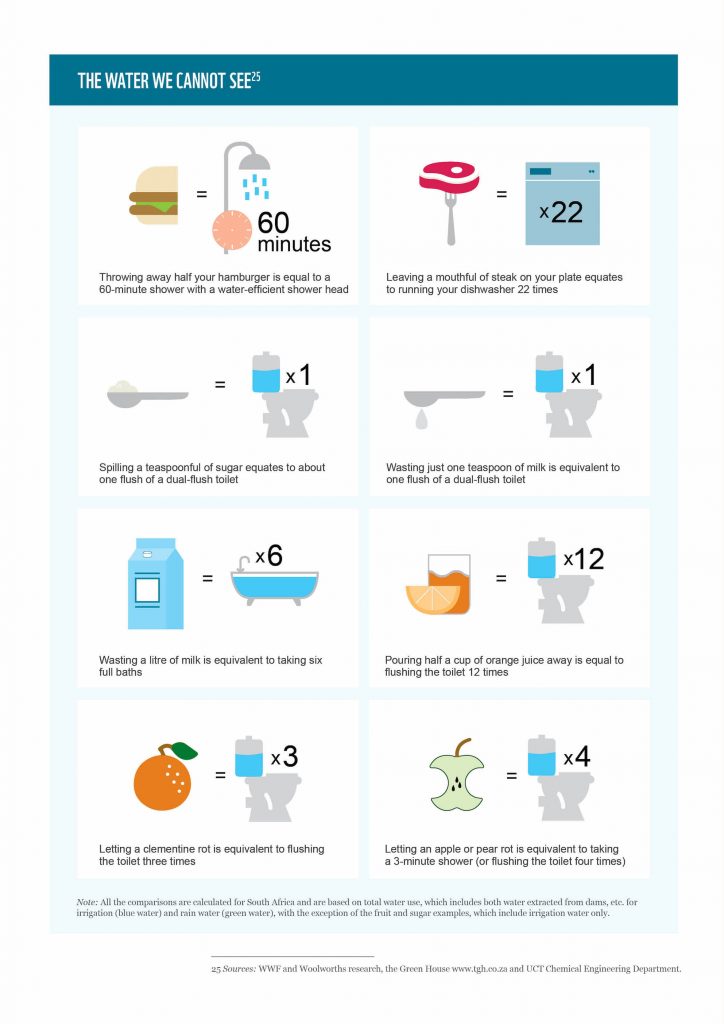
- Be mindful of the products you buy. When shopping for goods, reduce the amount of plastic you buy. Instead use paper cups, paper plates and buy food without the plastic wrapping where you can.
6. Water Scarcity in the World
Many places around the world are experiencing drought and water scarcity. People are living with less water than they need. According to the World Wildlife Fund, roughly 1,1 billion people still don’t have access to water. That’s a lot of people. And despite the data, many people still don’t know how to use water sustainably.
Water affects everything: education, health, food and security. There are many examples of vulnerable cities facing water crises, such as Beijing, Cairo, Sao Paulo, Mexico City, Istanbul, Lahore and Bangalore.
Many of the water systems that keep ecosystems and the world’s population alive are running dry or becoming polluted. An important strategy around the world has become the re-use of wastewater.
With this strategy individuals are able to recover water, nutrients, or energy. In turn countries are using wastewater for irrigation – which represents 7% of irrigated land in developing countries.
We’re in a water crisis. The story is similar everywhere and because of this, by 2025, two-thirds of the world’s population may face water shortages. Due to the water shortages, there are warnings of conflict and mass migration, which some experts say is already happening in Syria.
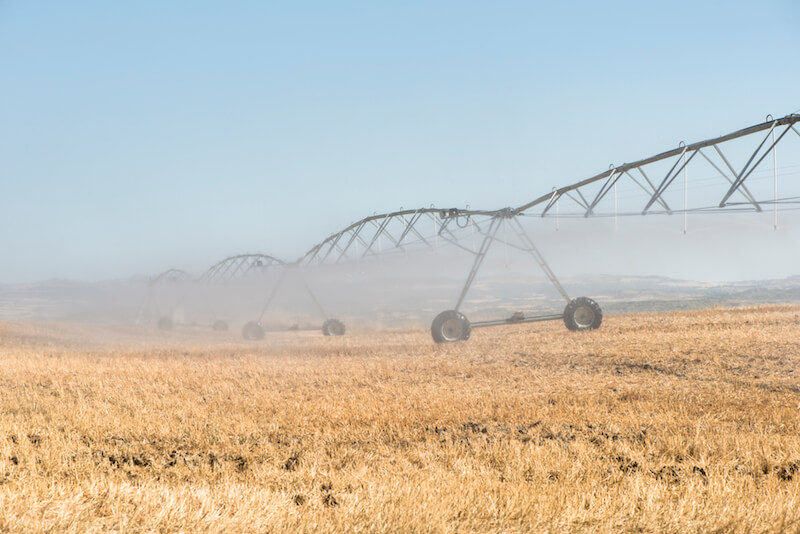
In a nutshell here’s why water conservation is key:
- Fresh water is scarce around the world.
- Humans need water to survive.
- A large amount of water is used to irrigate farmland for food production. The farming industry in South Africa are the leading direct users of water, consuming roughly 66% of water in South Africa.
- Water is essential for manufacturing (especially in heavy industries which require a lot of water as a power source or for cooling).
- Conserving water can save energy. To pump water and to use the sewage system, energy is required. By saving water you can reduce your carbon footprint and the water bill.
New technologies are emerging around us every day and innovative minds are working together to come up with new water saving solutions. With the severity of the water crisis it’s crucial to start thinking of long-term solutions rather than short term gains.
One area which is experiencing a lot of interest and innovation is desalination, known as turning saltwater into drinking water. Added to that there are also many nifty water saving devices which are being sold on the market.
The power of innovation and technology can help reduce the amount of water we use in our day to day life.
Water scarcity and drought however, has become a frequent phenomenon in many regions of the earth and it’s crucial to continue saving water. Safe and readily available water is necessary for the general health of humans.
A good amount of rainfall won’t solve the problem, since it takes between 500 and 1 300 years to fill an aquifer. We need to all take action today.
Everyone needs to join the conservation train, even if it only means implementing a few water saving techniques.
Every drop really does count.

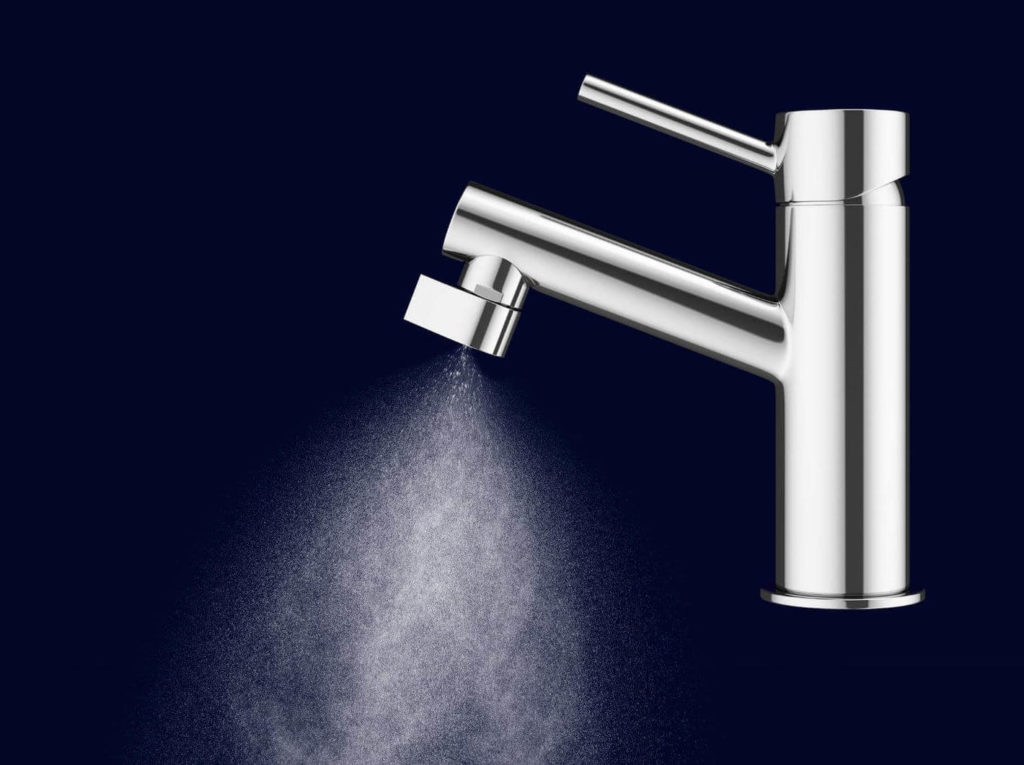
Pingback: The Nebia Spa Shower - All you need to know | Scandinavian Water Saving
Water is a really important element in our environment. We need to use that element properly. We should not waste this anyhow.
Thanks for your good guide on saving water.
Best saving advice on list.